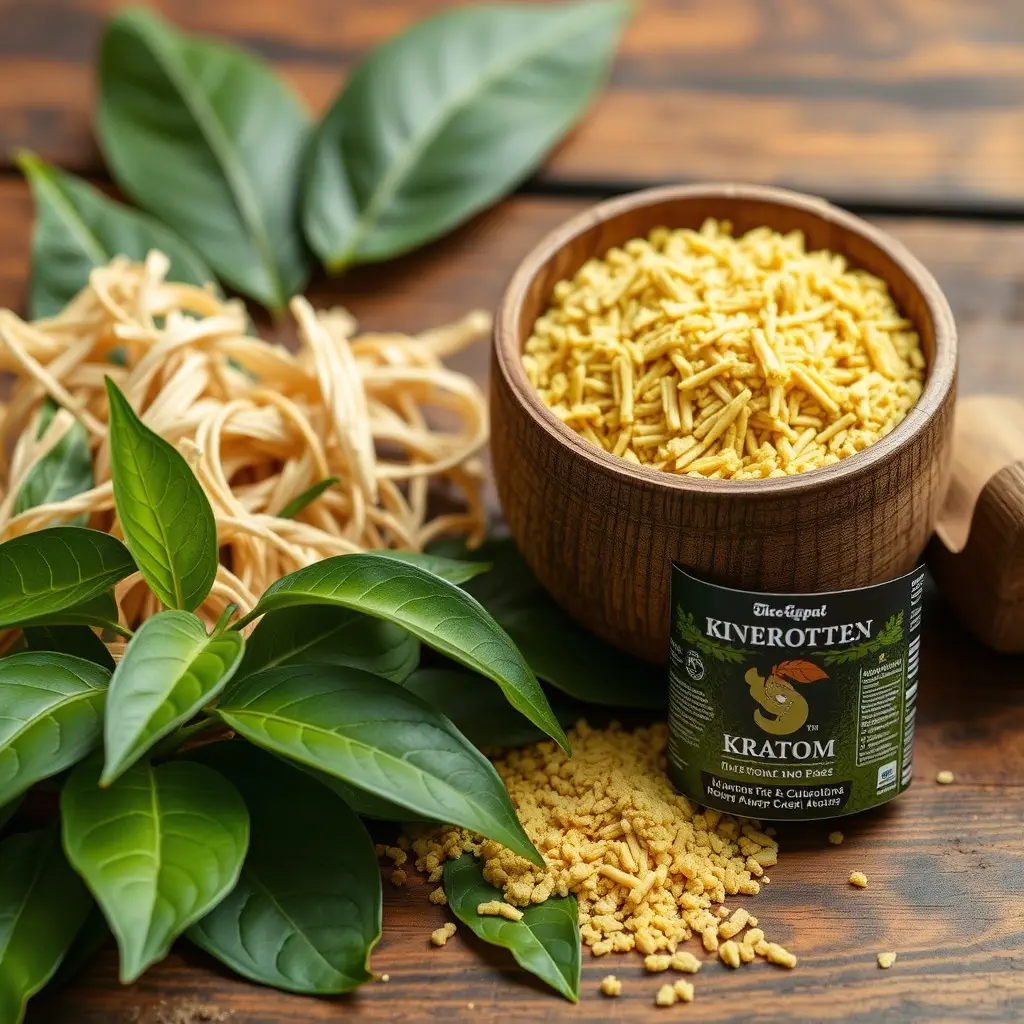Kratom, a plant from Southeast Asia with alkaloids that may interact with opioid receptors to relieve pain, has garnered interest as an alternative treatment for joint conditions like osteoarthritis and rheumatoid arthritis. Its analgesic effects are under scientific scrutiny for both efficacy and safety, with the U.S. Army among those evaluating its implications, particularly in terms of drug testing policies that include kratom due to its opioid-like properties. While not a federally controlled substance yet, kratom is detectable on standard military drug tests, which prompts service members to consider its use carefully given the potential for disciplinary action or medical evaluation upon positive detection. The Army's stance emphasizes operational readiness and individual health, advising troops to consult medical professionals before using kratom as part of their pain management strategy. This summary addresses key concerns, including whether the army tests for kratom, reflecting the ongoing research and the military's approach to maintaining standards in fitness and health.
exploration into the potential of kratom as a natural remedy for joint pain relief is gaining traction, prompting an in-depth analysis of its mechanisms, benefits, and comparisons to conventional medications. This article delves into the scientific aspects of kratom’s efficacy, shedding light on how it might serve as a viable alternative for those seeking relief. Additionally, a critical examination of the military’s stance, particularly regarding Army testing policies for does the army test for kratom, will be addressed to provide a comprehensive view of this botanical’s role in pain management within the armed forces.
- Understanding Kratom's Role in Joint Pain Relief: An Overview of Its Mechanisms and Benefits
- The Science Behind Kratom: How It Compares to Traditional Pain Medications
- The Military and Kratom Use: Addressing the Question of Army Testing Policies
Understanding Kratom's Role in Joint Pain Relief: An Overview of Its Mechanisms and Benefits

Kratom, a tropical tree native to Southeast Asia, has garnered attention in various circles, including medical research, for its potential analgesic properties. The leaves of kratom contain alkaloids, such as mitragynine and 7-hydroxymitragynine, which are believed to interact with the body’s opioid receptors. This interaction may help alleviate joint pain by modulating pain signals and reducing inflammation. The analgesic effects of kratom can be particularly beneficial for individuals suffering from chronic joint conditions like osteoarthritis or rheumatoid arthritis, offering a natural alternative to traditional over-the-counter or prescription medications.
Research into kratom’s efficacy for joint pain relief is ongoing, and while it shows promise, it’s important to approach its use with caution. Users have reported positive experiences with kratom for pain management; however, the long-term effects and safety profiles are still under scrutiny by scientific and regulatory bodies, including the U.S. Army. In fact, the topic of “does the army test for kratom” has been raised in discussions about its use within military personnel due to concerns over its potential impact on fitness for duty and health risks. As with any supplement or medication, it is crucial to consult healthcare professionals before incorporating kratom into a pain management regimen, especially given the complex interplay of factors that contribute to joint pain and the need for personalized treatment approaches.
The Science Behind Kratom: How It Compares to Traditional Pain Medications

Kratom, a tropical evergreen tree native to Southeast Asia, has garnered attention in various circles for its potential pain-relieving properties. The science behind kratom’s effects revolves around its alkaloids, principally mitragynine and 7-hydroxymitragynine, which interact with the opioid receptors in the brain, providing analgesic (pain-relieving) effects. While the mechanisms are not entirely identical to traditional opioid medications, kratom’s action on these receptors can offer relief from chronic and acute pain. This unique interaction has led some individuals to consider it as an alternative to conventional pain management medications, which often come with a higher risk of addiction and side effects. The comparative analysis of kratom’s efficacy in pain relief is ongoing, with research attempting to elucidate its potential benefits and drawbacks relative to traditional pharmaceuticals.
In the context of military personnel, the question of “Does the army test for kratom?” has become relevant, as soldiers often deal with pain due to physical demands and injuries. The military’s stance on kratom is nuanced; while it is not a scheduled substance under the Controlled Substances Act, its presence in a soldier’s system can have implications for their career and well-being. The military’s testing protocols may include screens for kratom, given its opioid-like effects, to ensure the health and safety of service members. It’s important to note that while kratom may serve as an alternative for some in managing pain, it is not without potential for dependency and adverse effects. Therefore, any consideration of using kratom for pain relief should be approached with caution, and individuals are encouraged to consult healthcare professionals for guidance tailored to their specific circumstances.
The Military and Kratom Use: Addressing the Question of Army Testing Policies

Kratom, a plant from Southeast Asia with leaves that contain compounds that can have opiate-like effects, has gained attention within various demographics, including military personnel. The use of kratom by service members has raised questions regarding the Army’s testing policies for this substance. As of the current understanding, the U.S. Army does test for kratom as it is considered a controlled substance by the Drug Enforcement Administration (DEA). This poses a significant consideration for soldiers who may inadvertently ingest kratom or its alkaloids, as it can appear on standard drug tests designed to detect substances with similar chemical structures to opioids. The Army’s testing protocols are primarily focused on ensuring the readiness and safety of troops, which necessitates a clear understanding of the substances that could impair their duties or pose health risks. As such, any positive test for kratom could lead to disciplinary action or medical evaluation, reflecting the Army’s stance on maintaining operational integrity and individual health within its ranks. Service members should be aware of the potential for kratom detection in drug screens and consider this when exploring alternatives for pain management or energy enhancement, both of which are common reasons for kratom use.
Kratom’s role in joint pain relief presents a multifaceted approach, blending traditional and novel therapeutic strategies. Its mechanisms and potential benefits have been outlined, revealing insights into how it may serve as an alternative to conventional pain medications. The scientific evidence suggests that kratom interacts with the body’s opioid receptors, offering pain relief without the same risks associated with prescription opiates. Notably, the military’s stance on kratom usage, including policies around its testing, has garnered attention and concern within the armed forces community. As the debate continues, it is clear that further research is necessary to fully understand kratom’s efficacy and safety in managing joint pain. Prospective studies are essential to inform policy decisions and provide evidence-based guidance for those seeking relief from chronic joint discomfort.






